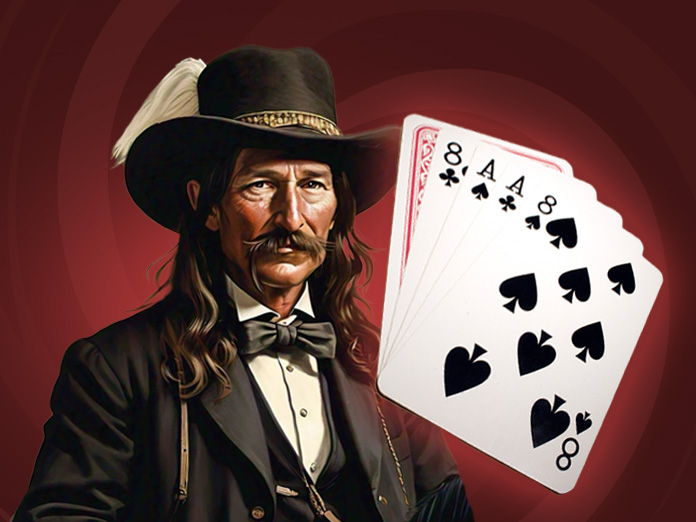One of the most important elements of poker is bankroll management, which is essentially how you deal with the funds that you have set aside for playing the game. This will enable you to cope with the game so that you can keep on playing even if it does not favor you. With a well-managed bankroll, one can be comfortable at a level where one is able to apply his best skills while minimizing the risk involved. To some extent, this does involve being cost-effective but it should primarily focus on taking every opportunity to play poker in the best way possible. This article gives an analysis of different strategies in managing a bankroll vis-à-vis various types of games as well as offering some valuable advice for your poker games.
Conservative Bankroll Management
If you are a conservative player, you will need to have many buy-ins with respect to the stakes that you have chosen. To be specific one may require 100 buy-ins when it comes to cash games and at least 200 for tournaments. It is most appropriate for novices or people playing in such a way that they want to stay clear of the very high risks associated with the game. The good thing about having a strong bankroll is that in case of setbacks, you will not run out of money, hence this gives an opportunity for one to improve themselves over time while on business.
Aggressive Bankroll Management
With an aggressive bankroll strategy, you would require less number of buy-ins, say 20-30, especially for cash games. With this method, one can move up to higher levels quickly, which may result in increased winnings. On the other hand, this also heightens one’s risk for total depletion because of variance. This strategy for playing different poker hands is most suitable for competent gamers who are confident in themselves and able to deal with larger financial risks.
The Kelly Criterion
If you have an edge and a bankroll, the Kelly Criterion will tell you how much you should optimally stake. It is rather complicated, requiring a good understanding of how often you win and what your odds are. Although this method could maximize winnings, it is not suitable for everyone as it requires a high level of mathematical skills for one to be able to calculate their advantages over other players in the game.
Adjusting Based on Playing Style
The size of your bankroll is dependent on the way you play. If you are a tight player, meaning that you play few hands and take very small risks, then it would be possible for you to get by with a leaner bankroll. On the other hand, loose players require increased bankrolls for wider swings experienced when playing and therefore should be fundamentally prudent enough to cover such kinds of additional risks with larger stacks.
Conclusion
In poker, if you want to win in the long run, you must manage your bankroll well. You can select either a safe strategy (lots of buy-ins), a risky approach (fewer buy-ins), or just make up your mind and follow some strategy, for as long as it suits your character and risk disposition. By doing this, you will be able to play continually and move towards winning at PokerCircle.

